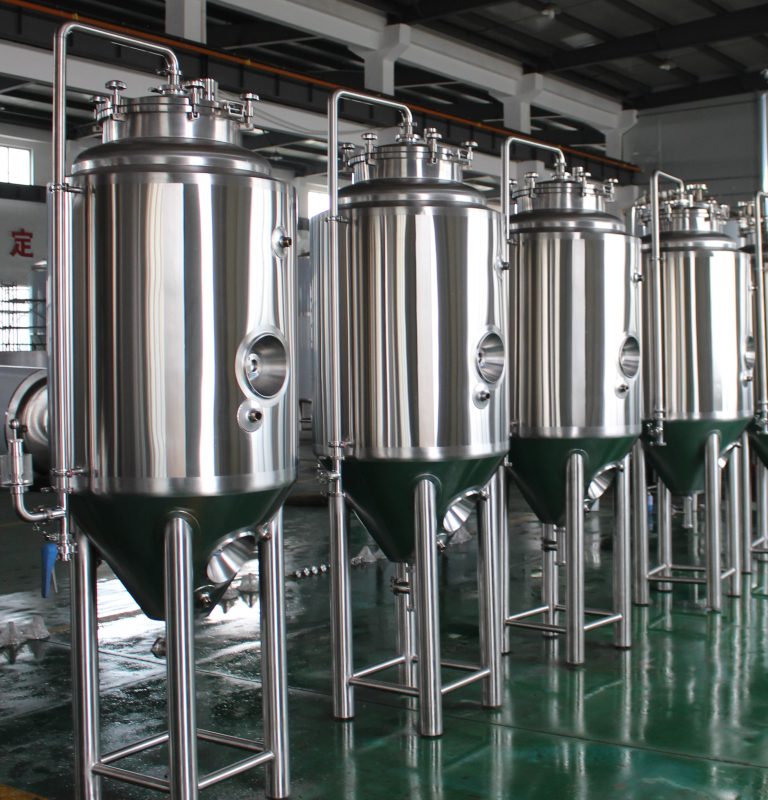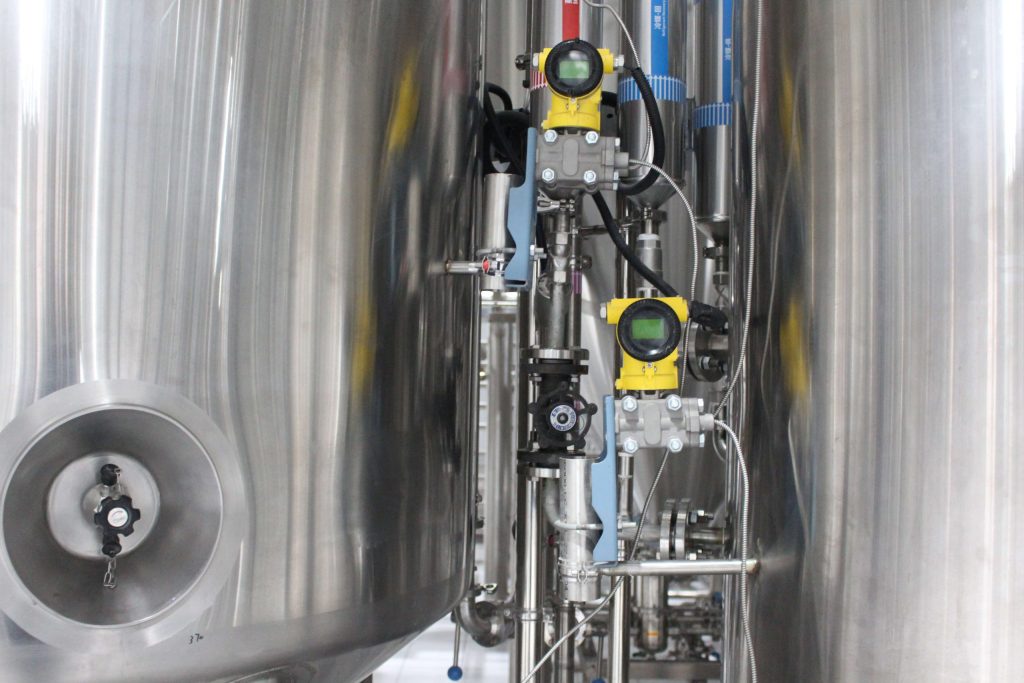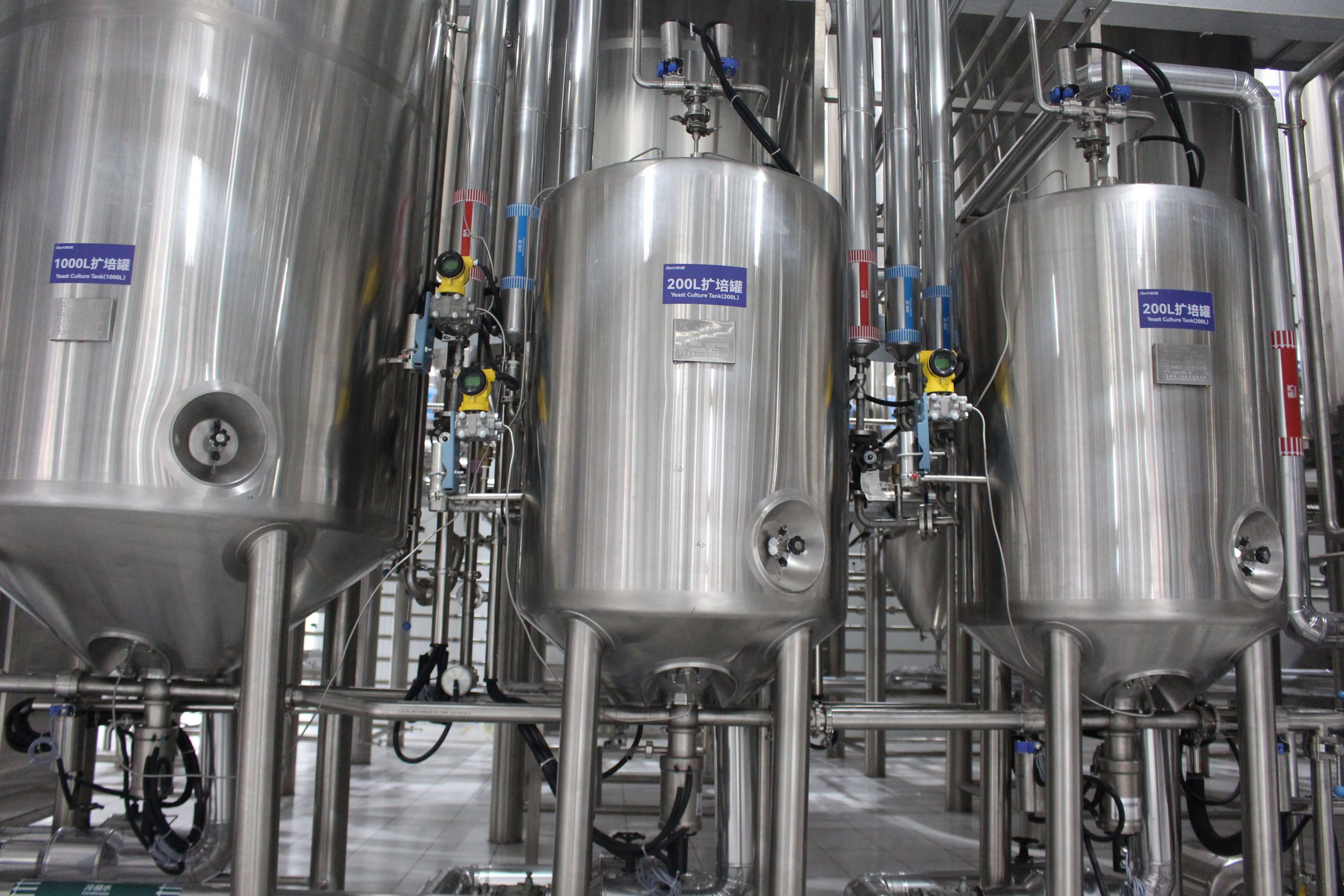Einführung

In der komplexen Welt des Bierbrauens spielt Hefe nicht nur bei der Gärung eine entscheidende Rolle, sondern auch bei der Gestaltung des Geschmacksprofils und der Qualität des Endprodukts. Hefevermehrungssysteme sind von entscheidender Bedeutung, um sicherzustellen, dass Brauereien für jede Biercharge eine konstante Versorgung mit gesunden Hefezellen haben. In diesem Blog werden die Bedeutung von Hefevermehrungssystemen, ihre Komponenten, ihre Auswirkungen auf den Brauprozess und ihre praktischen Anwendungen in der Branche untersucht.
Verständnis Yeast Propagation Systems
Yeast propagation systems are designed to cultivate and multiply yeast cells from a small initial sample to a large enough quantity for fermentation. This process involves several key components:
- Yeast Strain Selection: Choosing the right yeast strain is crucial as it significantly influences the flavor, aroma, and fermentation characteristics of the beer. Different strains of yeast produce distinct flavors and contribute to the overall complexity of the brew.
- Propagation Media: Propagation media provides essential nutrients and sugars necessary for yeast cell growth and multiplication. Common media include wort (unfermented beer) from previous batches, yeast extract, and specialized yeast growth media. These media must be carefully formulated to support optimal yeast health and growth.
- Propagation Vessels: Propagation vessels, such as propagation tanks or bioreactors, are used to create a controlled environment for yeast growth. These vessels allow brewers to adjust and maintain specific conditions such as temperature, oxygen levels, and agitation, which are critical for yeast propagation.
- Monitoring and Control Systems: Modern yeast propagation systems are equipped with automated monitoring and control systems. These systems continuously monitor variables such as pH, temperature, and cell density. This real-time data allows brewers to make timely adjustments to optimize yeast growth conditions and ensure consistent quality in their beer production.
Benefits of Effective Yeast Propagation Systems
A well-executed yeast propagation system offers several benefits to brewers:
- Konsistenz: Ensures uniformity in fermentation performance and flavor profiles across batches. By propagating yeast from a known, reliable source, brewers can maintain consistency in the final product, meeting consumer expectations with every batch.
- Kosteneffizienz: Propagation systems reduce the need for purchasing commercial yeast for each batch of beer. This cost-saving measure is particularly advantageous for small and medium-sized breweries looking to optimize production expenses without compromising on quality.
- Qualitätskontrolle: Effective yeast propagation systems allow brewers to exert greater control over the brewing process. By monitoring and adjusting yeast growth conditions, brewers can maintain high standards of beer quality, ensuring that each batch meets desired flavor and aroma profiles.
- Flexibilität: Propagation systems enable brewers to experiment with different yeast strains and brewing styles. This flexibility encourages innovation and creativity in beer production, allowing breweries to develop unique and distinctive brews that appeal to diverse consumer preferences.
Hefe-Vermehrungssystem Components

The table below summarizes the key components and their roles in a typical yeast propagation system:
| Komponente | Beschreibung |
|---|---|
| Hefestamm | Selected based on desired flavor profile and fermentation characteristics. |
| Propagation Media | Provides essential nutrients and sugars for yeast growth. |
| Propagation Vessels | Designed to optimize conditions for yeast growth, such as temperature control and agitation. |
| Monitoring Systems | Monitor variables like pH, temperature, and cell density for optimal growth. |
Abschluss
Hefevermehrungssysteme are not merely technical necessities in beer brewing but essential tools for achieving consistency, quality, and innovation. By investing in robust propagation systems and understanding their intricate components, brewers can elevate their craft and meet the demands of a competitive market. Through meticulous yeast management, breweries can ensure that each pint delivers the intended flavor and aroma profiles that consumers expect and appreciate.
Häufig gestellte Fragen
Q: Can any yeast strain be used in a propagation system?
A:While most yeast strains can be propagated, selecting the right strain is crucial for achieving desired flavor and aroma profiles in beer. Brewers often choose strains based on their fermentation characteristics and compatibility with the desired beer style.
F: Wie oft sollte yeast propagation systems gereinigt werden?
A:Regular cleaning and sanitation are essential to prevent contamination and maintain yeast health. Cleaning frequency depends on usage, but most breweries follow strict cleaning protocols before and after each use to ensure optimal performance and yeast quality.
Q: What are some common challenges with yeast propagation systems?
A:Challenges include maintaining consistent environmental conditions (temperature, pH, oxygenation), preventing contamination from unwanted microbes, and ensuring proper yeast handling techniques throughout the propagation process. Brewers must adhere to strict protocols and quality control measures to mitigate these challenges and uphold beer quality standards.

